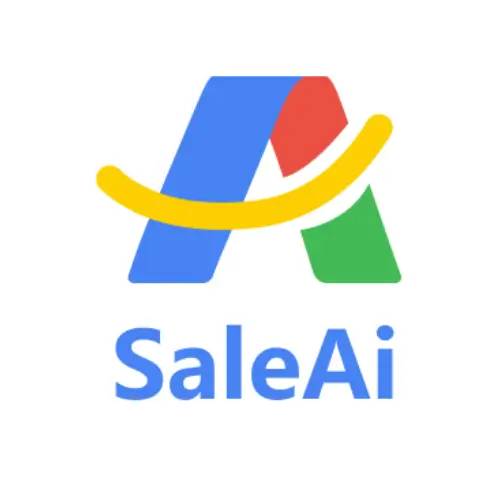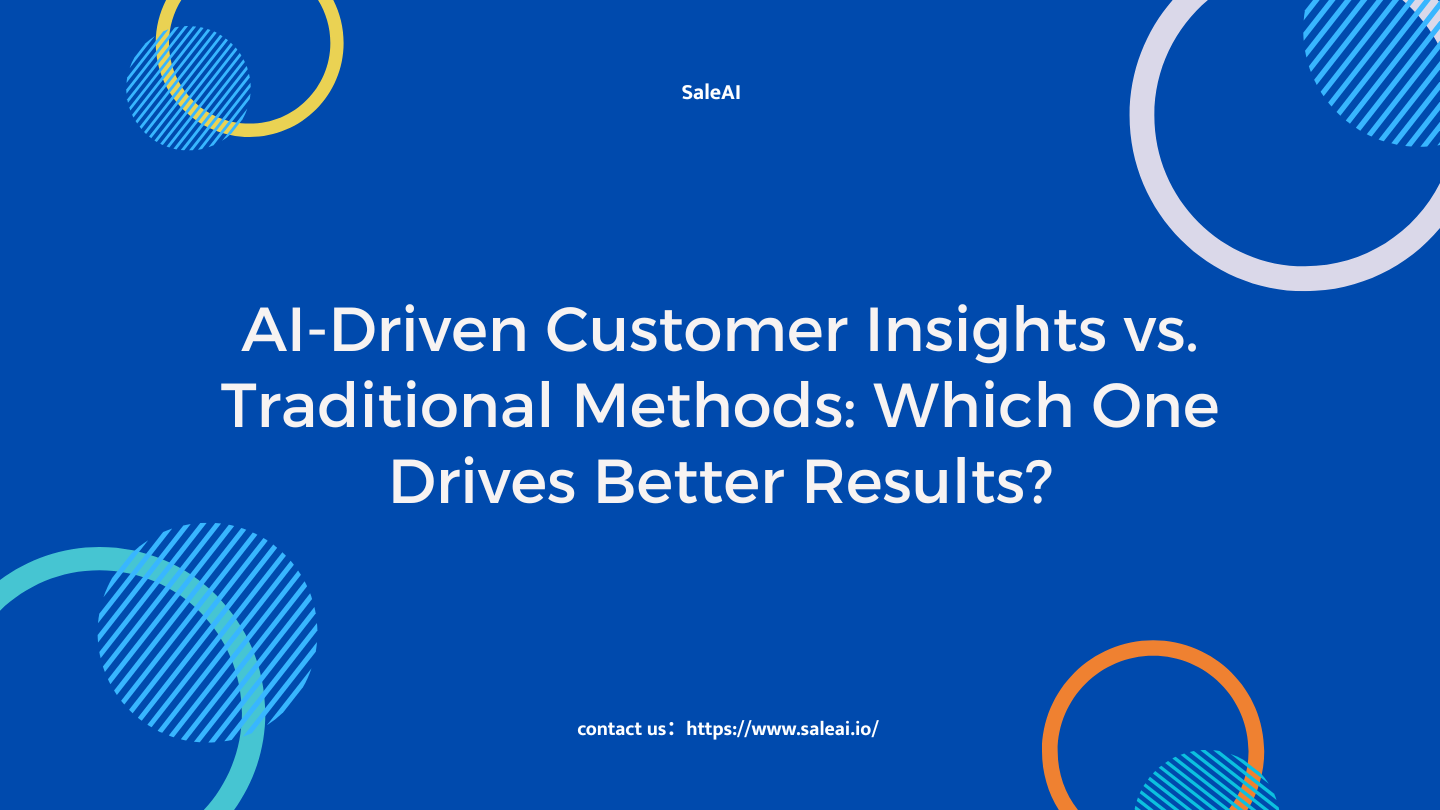Introduction
Understanding customer behavior is the cornerstone of any successful business strategy. For years, businesses have relied on traditional methods like surveys, focus groups, and manual data analysis to gather customer insights. However, the rise of artificial intelligence (AI) has introduced a new, more efficient way to understand and predict customer behavior.
In this article, we’ll compare traditional customer insights methods with AI-driven approaches, highlighting their key differences, advantages, and how AI is reshaping the way businesses interact with their customers.
a. Data Collection: Manual vs. Automated
Traditional Methods
- Data is collected through surveys, interviews, focus groups, or manual tracking.
- Limited sample sizes due to time and resource constraints.
- Results are often influenced by biases in data collection or respondent behavior.
AI-Driven Insights
- AI tools collect data automatically from multiple sources (e.g., websites, social media, transaction records).
- Analyze vast amounts of data in real-time, providing a more comprehensive view of customer behavior.
- Machine learning algorithms identify patterns and trends without human bias.
Key Takeaway: AI-driven methods offer greater scalability and accuracy compared to traditional manual approaches.
b. Speed of Insights: Delayed vs. Real-Time
Traditional Methods
- Insights are generated after lengthy data collection and analysis processes.
- Delays in obtaining actionable insights can result in missed opportunities.
AI-Driven Insights
- AI systems process data in real-time, delivering instant insights.
- Businesses can respond quickly to changing customer needs and market trends.
Key Takeaway: Real-time insights from AI provide a significant competitive advantage in fast-paced markets.
c. Depth of Analysis: Surface-Level vs. Predictive
Traditional Methods
- Focus on historical data and surface-level trends.
- Limited ability to predict future customer behavior or preferences.
AI-Driven Insights
- AI uses advanced analytics and predictive modeling to forecast customer behavior.
- Provides deep insights into customer preferences, lifetime value, and potential churn risks.
Key Takeaway: AI enables businesses to move beyond reactive strategies and adopt a proactive approach to customer engagement.
d. Personalization: Generic vs. Hyper-Personalized
Traditional Methods
- Insights are often generalized, leading to one-size-fits-all marketing strategies.
- Limited ability to tailor experiences for individual customers.
AI-Driven Insights
- AI segments customers into micro-categories based on detailed behavioral data.
- Enables hyper-personalized marketing campaigns and product recommendations.
Key Takeaway: AI empowers businesses to deliver personalized experiences that resonate with individual customers.
e. Cost and Resource Efficiency
Traditional Methods
- Require significant time, manpower, and financial resources.
- High costs associated with conducting surveys, focus groups, and manual analysis.
AI-Driven Insights
- Automates data collection and analysis, reducing the need for manual intervention.
- Scales efficiently as business operations grow.
Key Takeaway: AI-driven insights are more cost-effective and resource-efficient, especially for businesses operating at scale.
f. Bias and Accuracy
Traditional Methods
- Prone to human error and bias during data collection and interpretation.
- Results may not accurately represent the target audience.
AI-Driven Insights
- Machine learning algorithms minimize human bias and errors.
- Continuously improve accuracy by learning from new data.
Key Takeaway: AI-driven insights offer greater reliability and objectivity than traditional methods.
g. Adaptability to Market Changes
Traditional Methods
- Insights are static and may quickly become outdated in dynamic markets.
- Difficult to adapt strategies based on rapidly changing customer behavior.
AI-Driven Insights
- AI systems adapt to new data and market conditions in real-time.
- Provide businesses with up-to-date insights to stay ahead of competitors.
Key Takeaway: AI ensures businesses remain agile and responsive in ever-changing markets.
Conclusion
While traditional customer insights methods have their merits, they often fall short in terms of scalability, speed, and accuracy. AI-driven customer insights, on the other hand, provide businesses with real-time, predictive, and hyper-personalized data that can drive more effective strategies.
As businesses navigate increasingly complex markets, adopting AI-driven approaches is no longer optional—it’s essential for staying competitive. Tools like SaleAI and other AI-powered platforms are leading the way, helping businesses unlock the full potential of their customer data.
Ready to transform your customer insights strategy? Start exploring the power of AI today!



